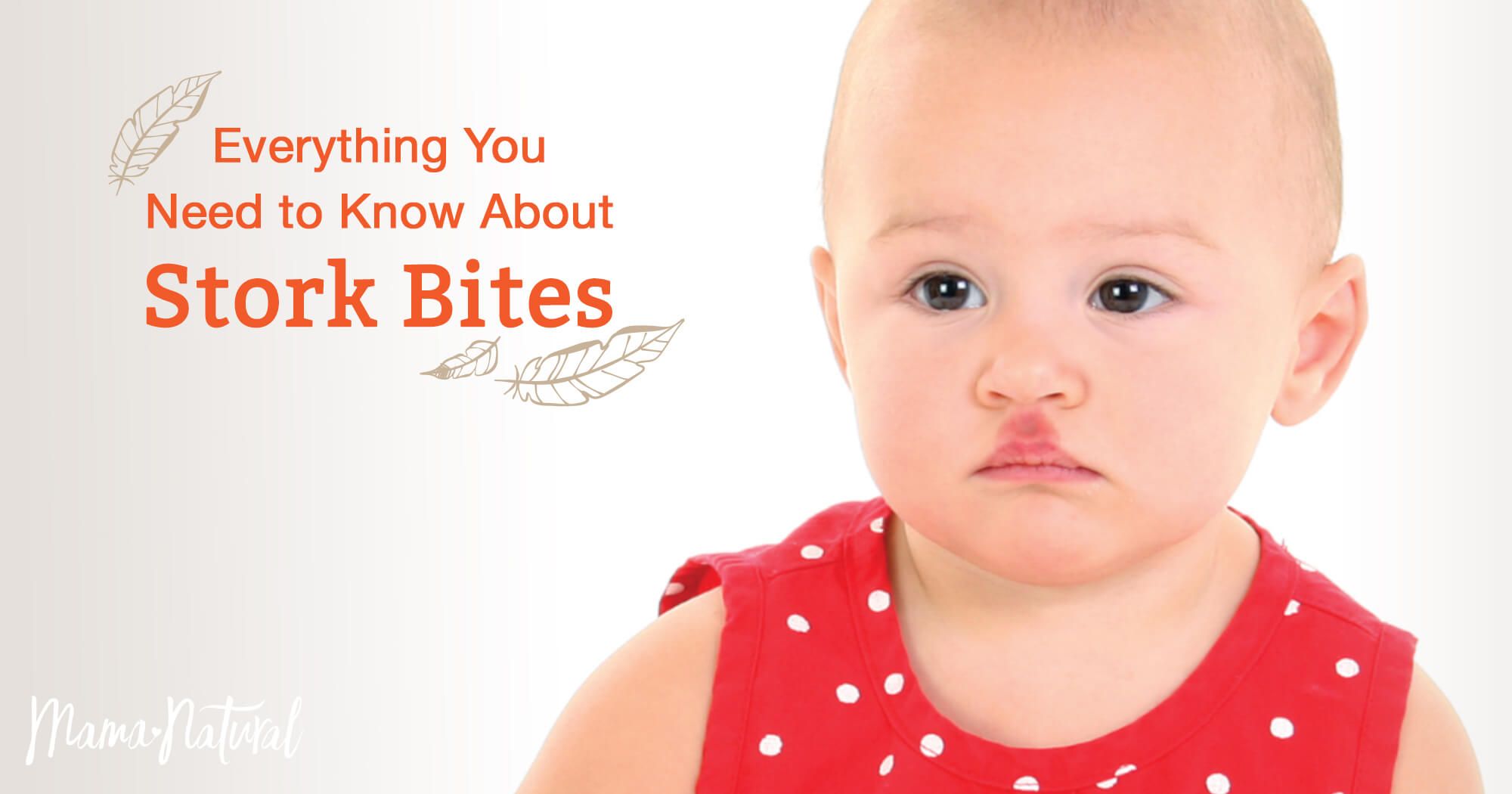Introduction:
Stork bite, also known as salmon patch or angel kiss, is a common birthmark that affects many newborns. It is a harmless condition that occurs when the blood vessels under the skin become visible, resulting in pink or red marks on the skin. In this article, we will explore the causes, symptoms, and treatment of stork bite.
What is Stork Bite?
Stork bite is a birthmark that appears on the skin of newborns. It is caused by the dilation of blood vessels under the skin, which results in a pink or red mark. Stork bites are most commonly found on the face, neck, and back of the head, but they can also appear on other parts of the body.
Causes of Stork Bite:
The exact cause of stork bite is unknown. However, it is believed to be a result of the immature blood vessels under the skin of newborns. The blood vessels become visible due to their dilation, resulting in a pink or red mark.
Symptoms of Stork Bite:
Stork bites are typically pink or red in color and are flat to the touch. They are usually painless and do not cause any discomfort to the baby. Stork bites are most commonly found on the face, neck, and back of the head. They can vary in size and shape, and may fade or disappear over time.
Treatment of Stork Bite:
Stork bites do not require any treatment, as they usually fade or disappear on their own over time. However, if the stork bite is located in an area where it may cause social or psychological discomfort, treatment options may be available. Laser treatment is a common option for stork bites, which can help to lighten or remove the mark. It is important to note that laser treatment is not always effective, and there is a risk of scarring or skin discoloration.
Prevention of Stork Bite:
There is no known way to prevent stork bite. It is a harmless condition that occurs in many newborns and typically fades or disappears on its own over time.
When to See a Doctor:
Stork bites are usually harmless and do not require any medical attention. However, if the stork bite is located in an area where it may cause social or psychological discomfort, or if it is accompanied by other symptoms, such as bleeding or swelling, it is important to seek medical attention. A doctor can provide a proper diagnosis and recommend treatment options if necessary.
Conclusion:
Stork bite is a common birthmark that affects many newborns. It is a harmless condition that typically fades or disappears on its own over time. Treatment options may be available if the stork bite is located in an area where it may cause social or psychological discomfort. If you have any concerns about your baby’s stork bite, it is important to speak with your doctor.
A: A stork bite is a type of birthmark that appears as a pink or red patch on a newborn’s skin. It is also known as a salmon patch or a nevus simplex.
A: Stork bites are caused by a concentration of immature blood vessels under the skin. They are typically present at birth and may fade over time or persist into adulthood.
A: Stork bites most commonly appear on the back of the neck, but they can also occur on the forehead, eyelids, nose, upper lip, and back of the scalp.
A: Stork bites are generally harmless and do not require treatment. They may cause some cosmetic concern for parents, but they typically fade on their own as the child grows older.
A: While stork bites usually fade on their own, they can sometimes be treated with laser therapy if they are particularly noticeable or causing cosmetic concern for the child or family.

